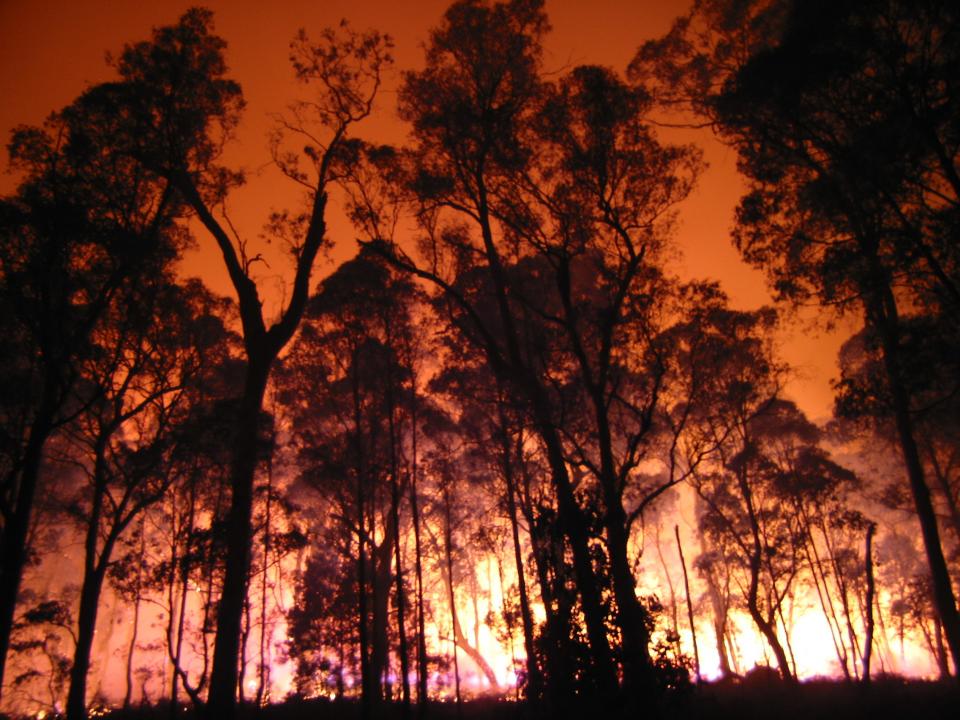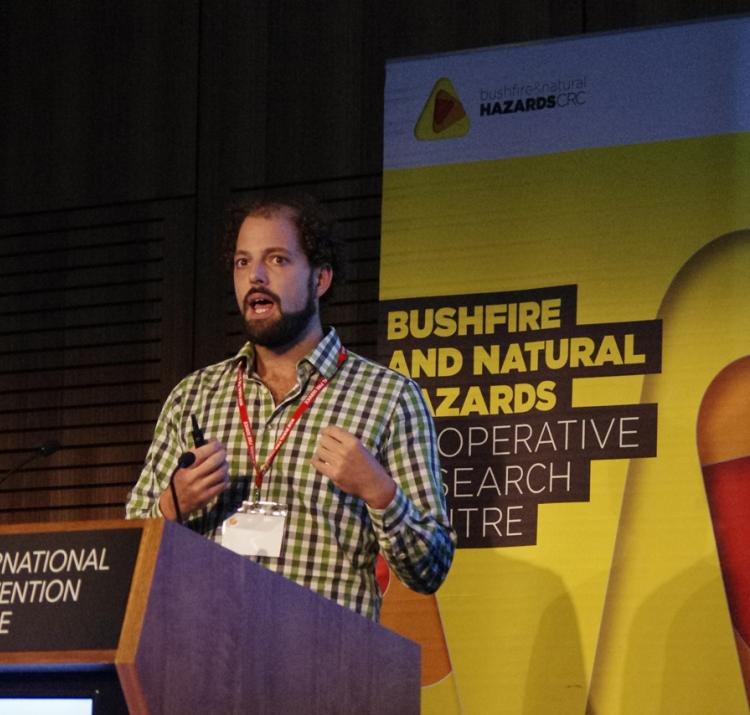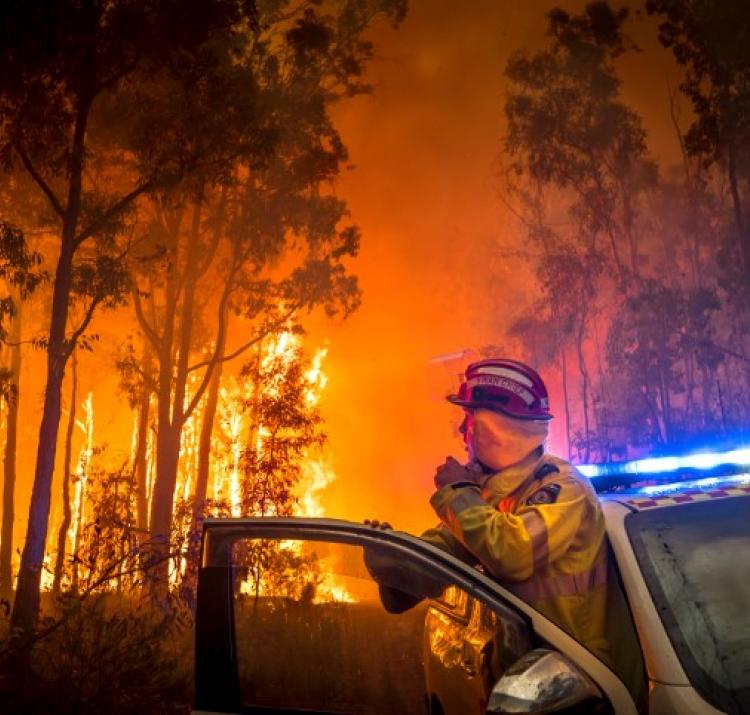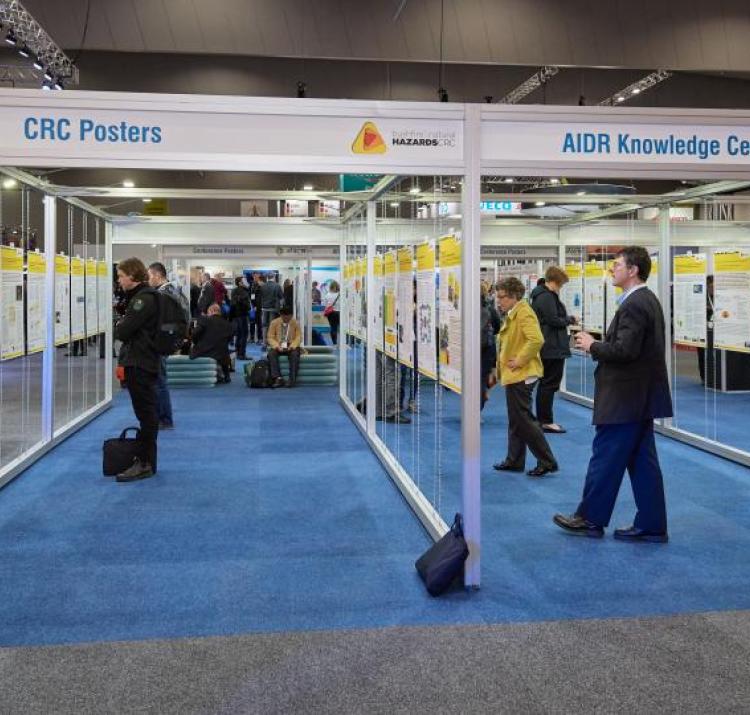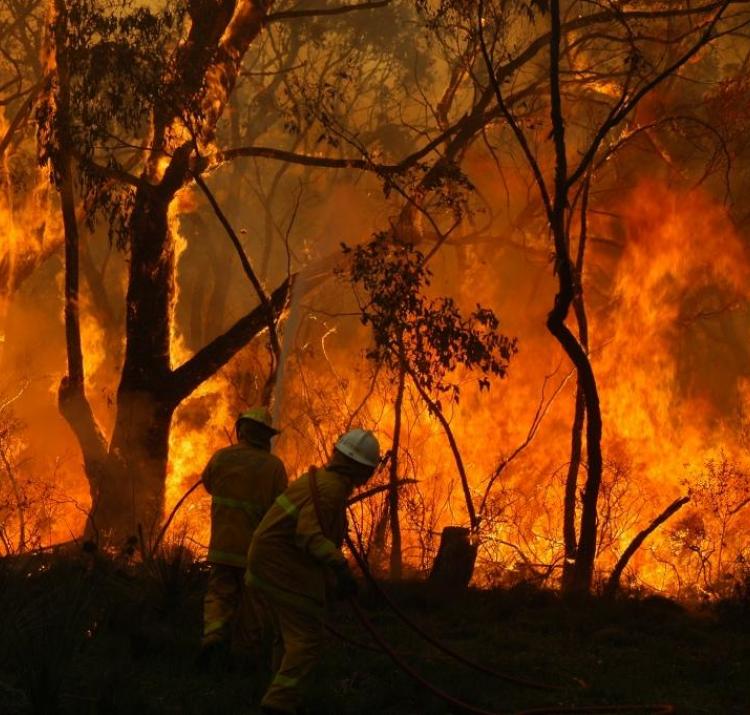Student researcher
This research serves to examine the critical components of bushfire suppression in order to improve firefighter safety and operational effectiveness during siege bushfire response. The research adopts a fire engineering approach, incorporating both empirical and physics based computer simulation to analyse suppression efforts with a significant focus on firefighter tenability. The project includes four levels of research.
The first research study provides an analysis of international fire service siege bushfire suppression thresholds and reports on the effect of forest fuel structure, fire weather condition and terrain on the suitability of suppression strategies. This research is significant as it is the first study known to consider human tenability as a factor in determining appropriateness of bushfire suppression strategies and tactics. The results clearly demonstrate offensive siege bushfire suppression involving direct head fire attacks by personnel and appliances exposes firefighters to untenable conditions well in advance of the head fire edge. Accordingly, fire services may need to consider earlier instigation of defensive strategies and increased reliance on aerial bushfire suppression.
The second proposed study provides analysis of water extinguishment requirements for siege bushfire with a focus on active flame depth. Comparisons are made to structural firefighting water requirements. There is also scope in the study to include Fire Dynamic Simulation (FDS) comparisons to the empirical findings. Historical reviews of siege bushfire will be undertaken to validate the findings.
The third proposed study includes an analysis of aerial bushfire suppression over the past decade in Western Australia and how this relates to the findings of the first two studies. Attention will be focused on how aerial bushfire suppression is utilised as part of overall strategic suppression operations.
The final proposed study aims to determine whether current vehicle protection systems protect occupant life during burnover at a siege bushfire event. To achieve this, quantitative analysis through physics based computer simulation of bushfire burnover will be utilised. Bushfire of various intensities representing those typically experienced by firefighting crews will be simulated. The effects of VPS and vehicle orientation in regard to tenability during bushfire events.

